Often misunderstood and unfairly maligned, vultures play a crucial role in ecosystems as efficient and essential scavengers.
Where do vultures live?
Besides Australia and Antarctica, at least one species of vulture can be found on any continent around the world.
How many different vulture species are there?
There are 23 different vulture species altogether, however they are categorised based on whether they are a New World vulture species (found across the Americas and Caribbean) or an Old World vulture species (which are found typically in Africa, Asia, and also Europe).
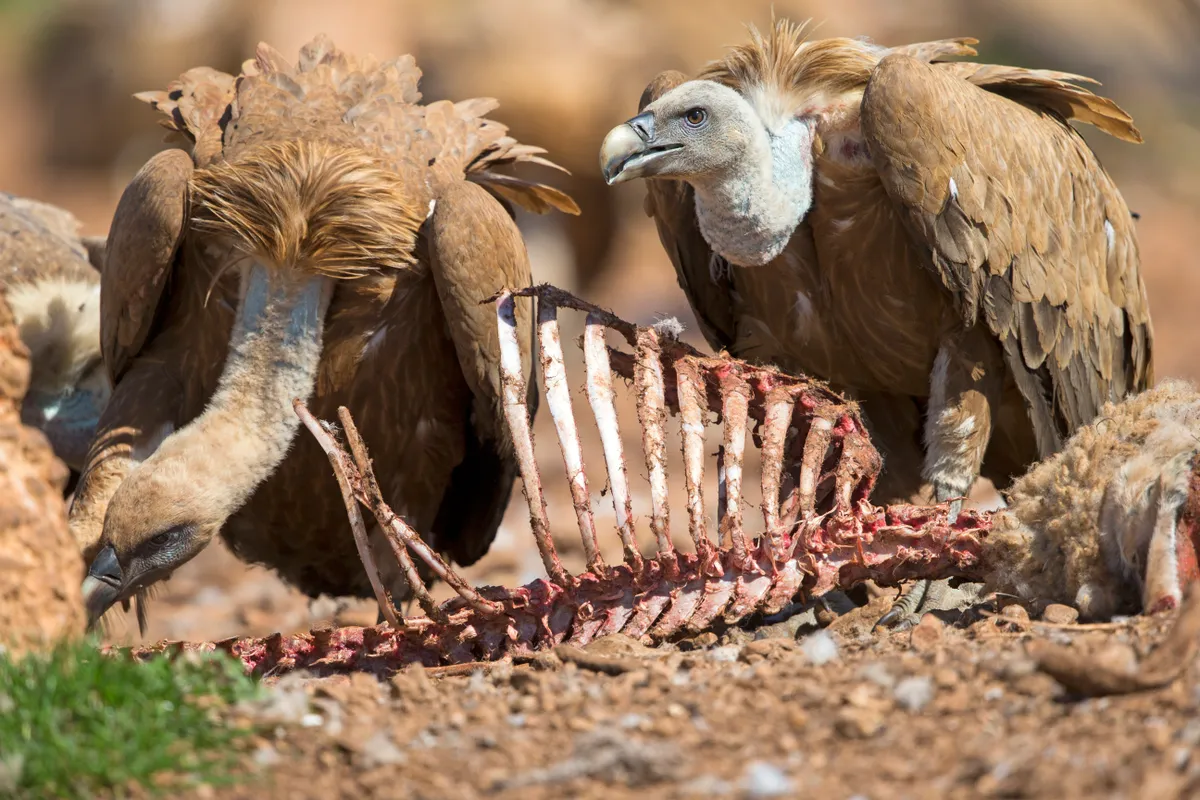
Which vulture has the biggest wingspan?
The Andean condor is the largest of all the vulture species (and the biggest bird of prey), spreading a wingspan of almost 3.5 metres across! Weighing up to 15 kilograms, the Andean condor uses air currents and thermal air currents (depending on their location) to help keep their heavy bodies in flight.
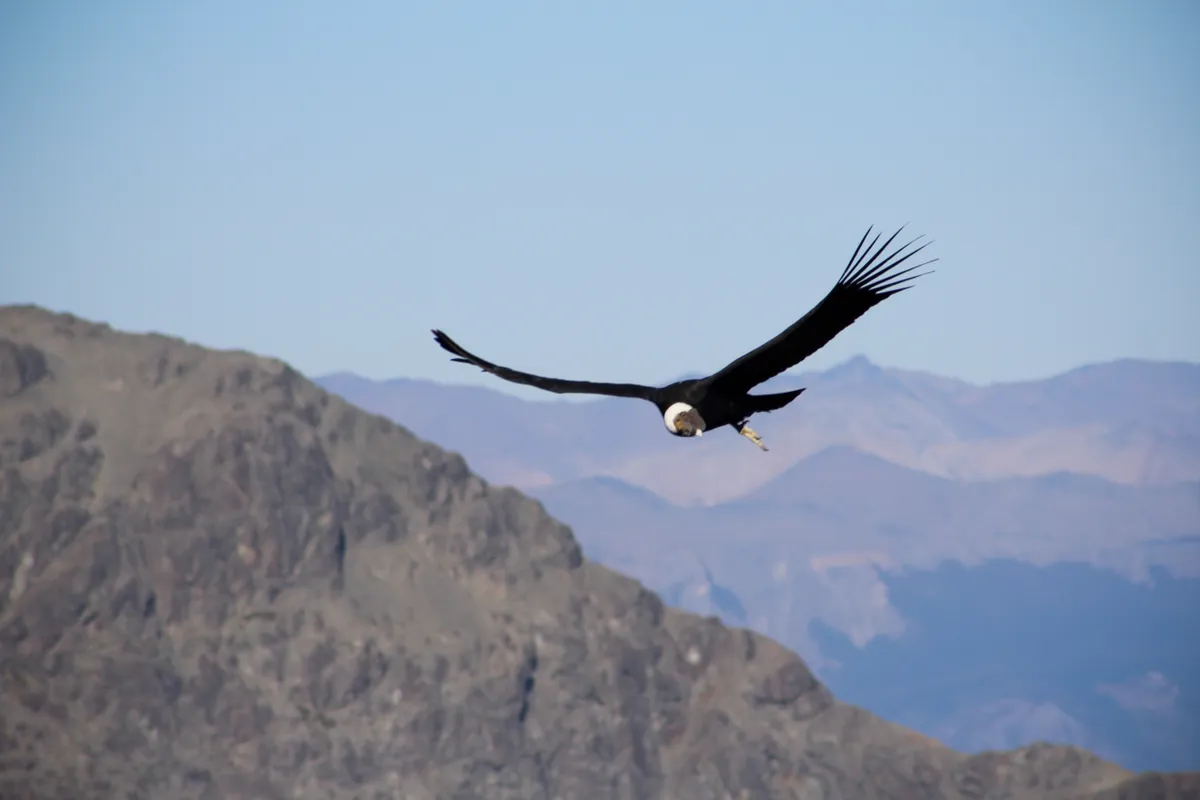
Can vultures sing?
New World vultures lack the ability to perform songs like many other species of bird. Instead, they are restricted to simple sounds, such as grunts and hisses.
Do vultures only eat meat?
Although bone forms a vulture’s diet for the most-part, there are some species that prefer a more rounded diet. Feasting on a variety of nuts, fish and other birds, both the palm nut vulture and the lappet-faced vulture do well to defy their haunting stereotypes.
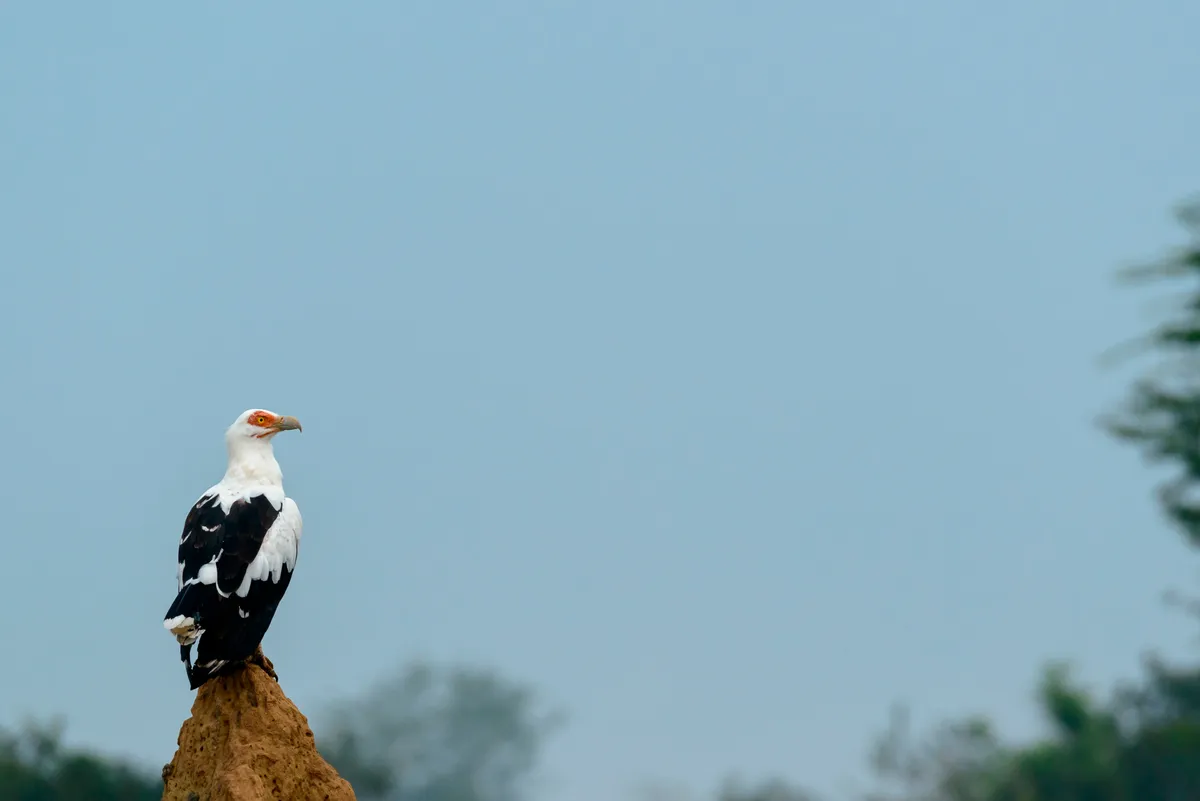
How do vultures keep cool?
‘Urohydrosis’ is a process in which an animal urinates on itself in order to cool down when temperatures reach blistering highs. However, vultures also use this technique as a means to disinfect their legs of bacteria following a feed on a rotten carcass as their urine possesses high levels of acid.
How can vultures digest bones?
As well as their urine, vultures also have extremely strong acids inside their stomachs. These acids not allow help the birds to fight and destroy lethal bacteria, but also help to break down the bones of the carcasses that the birds devour, which contribute between 70-90 per cent of their overall diet.
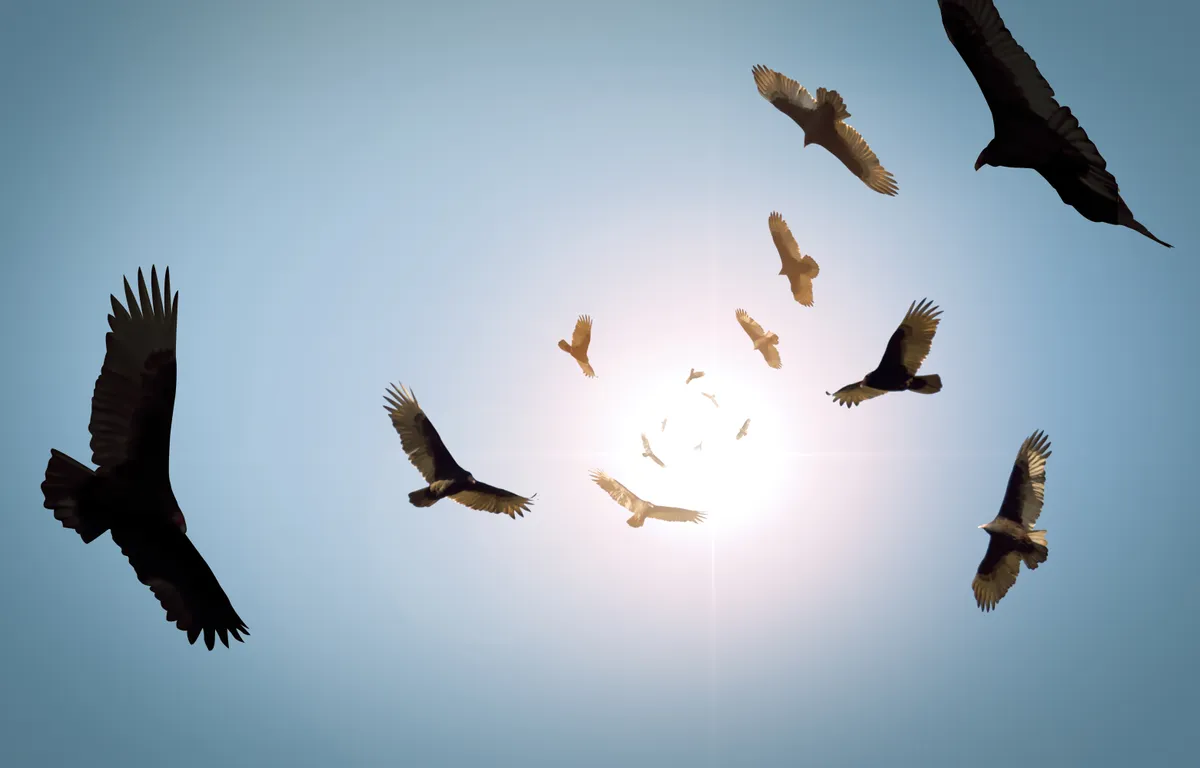
How do vultures find carcasses to feed on?
Despite the tales, vultures do not possess a sixth sense to detect, or smell dying animals. Circling vultures are in fact surveying areas for food and will use their other senses to spot, smell or hear other birds feeding on a carcass so that they can fill their voids before predators beat them to it.
How important are vultures?
Vultures play a vital role in the clean-up of the environments in which they live. Often referred to as ‘Nature’s Clean-Up Crew’, their scavenging ways help to prevent the spread of diseases, such as rabies and tuberculosis through clearing away carcasses.
How high can vultures fly?
Thermals help these birds to reach incredible heights, most of which would be deadly to other species of birds. A series of cardio-vascular adaptations means that vultures are able to fly at heights where oxygen levels are at their thinnest, with one particular Ruppell’s griffon vulture reaching almost 11.5 kilometres!
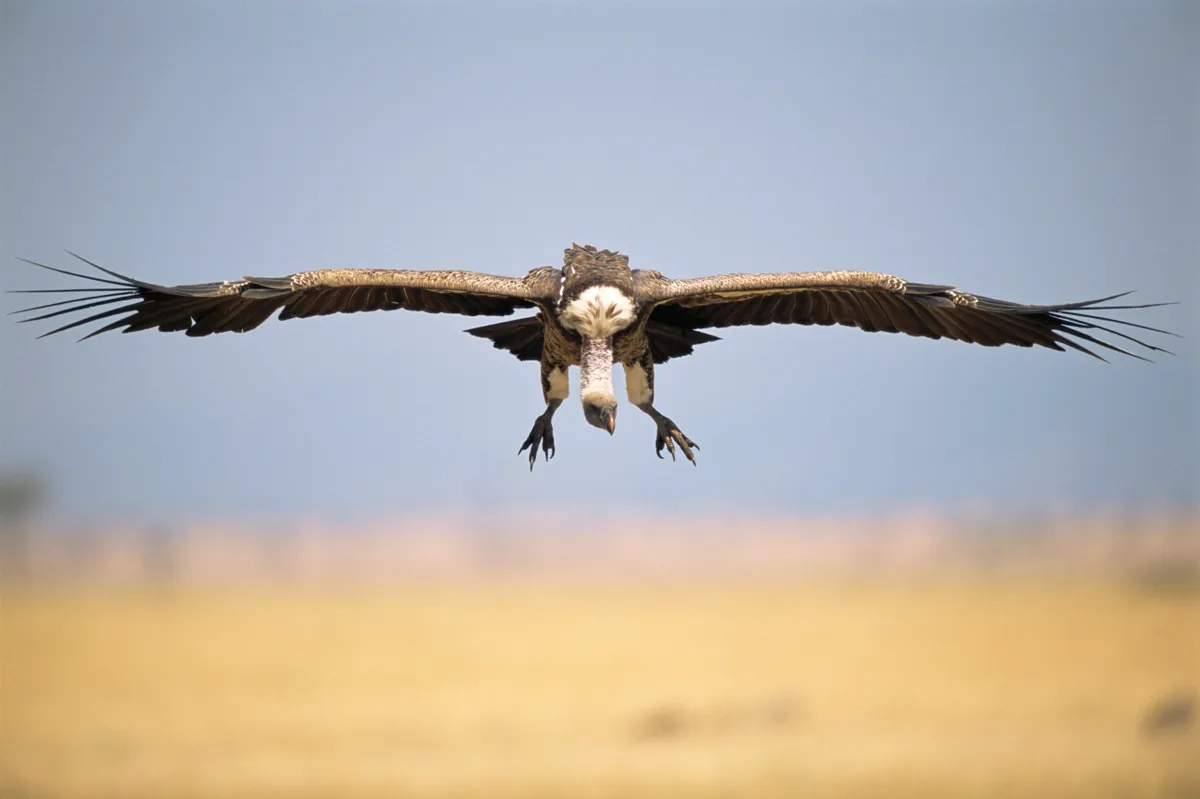
Are vultures endangered?
Of the 23 species of vultures that exist, over half of them are considered either Threatened, Endangered, or Critically Endangered as a result of human impact. Besides being electrocuted and poisoned from poached animal carcasses, vultures are also facing issues such as habitat fragmentation and increased human conflict.
What's the collective noun for vultures?
Vultures are sociable creatures and are often seen as a collective unit, but the name assigned to a group of vultures all depends on what they are doing at that given time.
Like most bird groups, vultures can be referred to as a flock, though they can also be labelled as either a venue, volt, or a committee. However, when it comes to the vulture group feeding around a carcass, they are called a wake, and when the birds are in flight formation, they are known as a kettle.
International Vulture Awareness Day
As a result of the threats that vultures face, the first Saturday of September is now dedicated to celebrating International Vulture Awareness Day. These days are extremely valuable in educating people about the true nature of these vulnerable animals, whilst allowing them to partake in fun activities at the same time.
- What is the strongest bird in the world? Meet the avian champion weightlifters
- Discover the biggest, heaviest birds in the world: Towering giants that don't always get airborne
Main image: A wake of vultures around a carcass. © Chris Minihane/Getty




